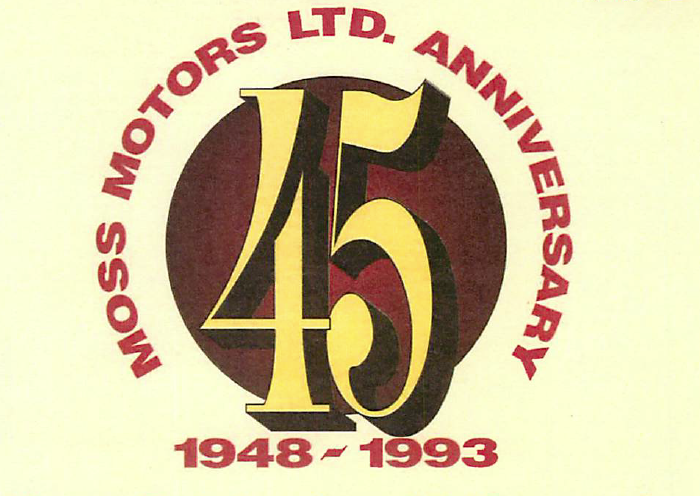Any serious enthusiast who has ever contemplated pulling an engine, and has peered beneath the bonnet, will realize immediately that because of the angle of the mounting flanges on the front engine plate it would be mathematically impossible to slip the engine onto the motor mounts if it were not for the fact that the mounts are, at least to a degree, flexible. When installing an engine, (commonly a two person job) one person lowers the engine and the other “fights” the engine onto the studs of the motor mounts. It is possible, however, to
simplify an engine installation to a one person operation. And it does not have to be a distasteful ordeal.
All it takes is a 2 inch length of 1/4 or 5/16 inch threaded rod (with 2 nuts and washers to fit), an electric drill and bit, and a piece of flat cold rolled steel 3/8″ x 1 x 70. The procedure is almost as simple as slipping on a shoe, and remember, one person can do it.
The web of the engine plate and piece of cold rolled steel are drilled to accept the threaded rod. The location of the drilled holes is selected to position the piece of cold rolled steel such that it will apply force on one of the motor mounts, when the nuts on the threaded rod are tightened.
Viewing the engine from the front of the vehicle, the engine is lowered and tipped (rotated on the crankshaft axis) clockwise until the driver’s side motor mount stud feeds through the hole in the engine plate mounting flange.
The engine will now appear in the position shown in the sketch. Note the passenger side motor mount stud is not even close to being in alignment with the hole in the engine plate mounting flange. It is at this point in the conventional two person installation that one of the installers begins a fight to coax the motor mount stud into the flange hole of the engine plate. Foul language forms a blue haze in the garage, the pry-bars appear, and ultimately both people are totally committed to the fray. Thank heaven it does not have to be that way.
In the one person method you simply attach the piece of cold rolled steel with the threaded rod as shown in the sketch, insure there is slack in the chain hoist, and tighten the nuts on the threaded rod. To your amazement (and that of any skeptical onlookers if you are fortunate enough to have an audience in front of which to execute this adroit feat) the flat piece of cold rolled steel will exert sufficient force to flex the stiff rubber motor mounts (yes, they’ll both move a little) and almost without warning the engine will simply drop precisely into place as if by magic with the studs of the motor mounts protruding proudly through the engine mounting flange holes ready to accept their washers and nuts.
The threaded rod and piece of cold rolled steel are removed and that which could have been a nasty, time consuming job has been dispatched in minutes with a minimum of effort. Best of all, it was done without asking help from anyone!
By Prof. Robert Koval





'How to Install an Engine Yourself' has no comments
Be the first to comment this post!